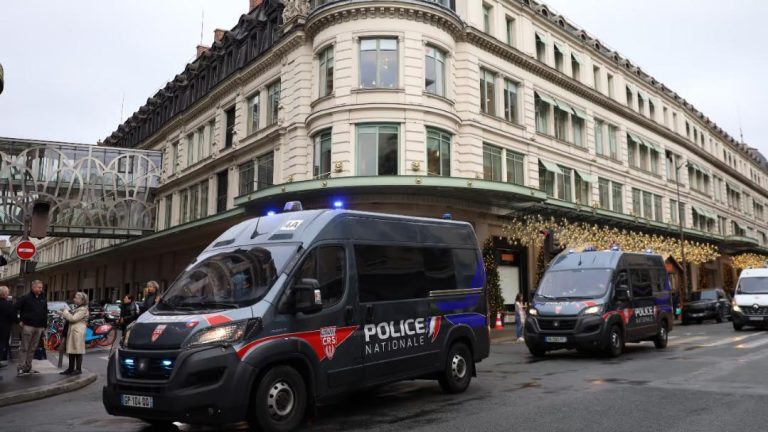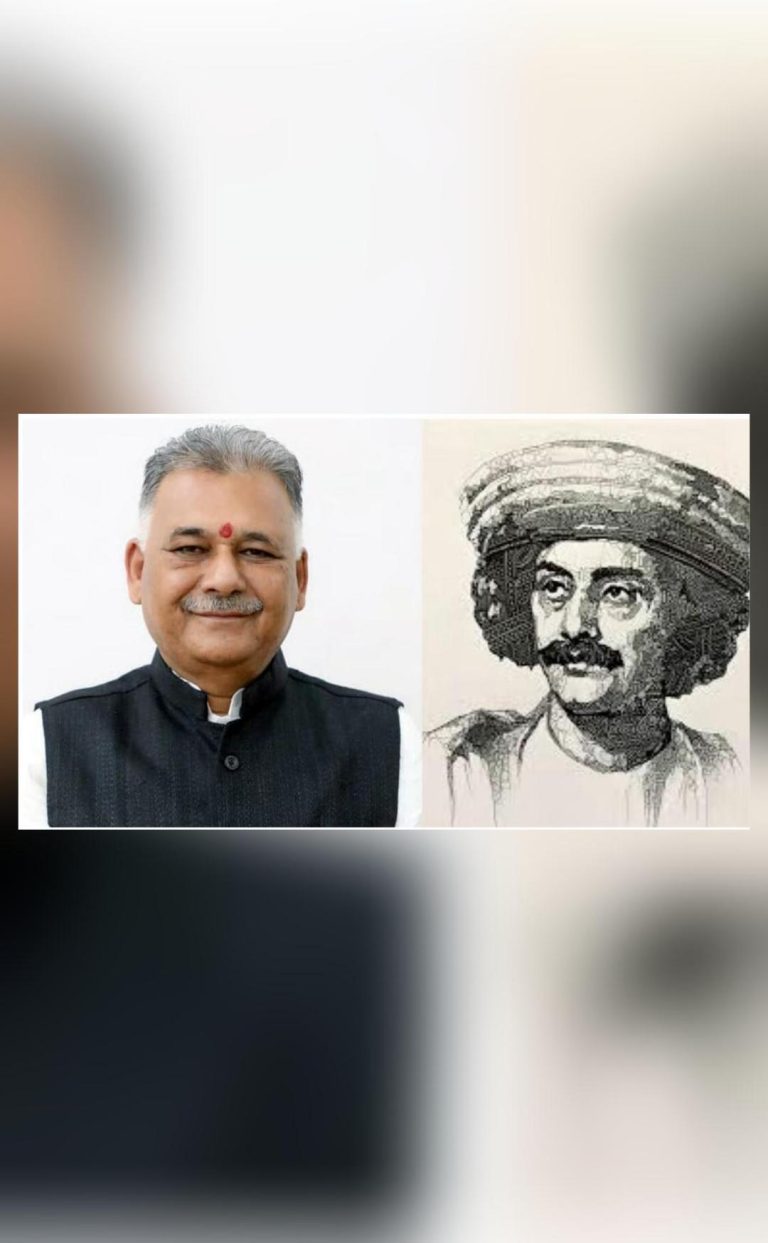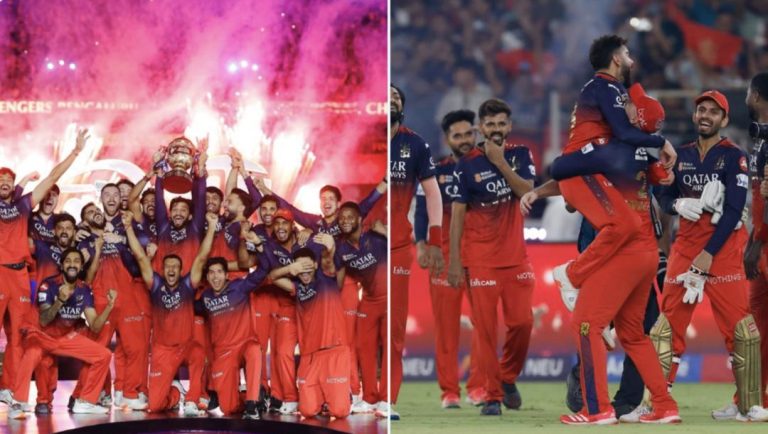
Military Conflicts in Ukraine and Iran are Incomparable: Russia
The ongoing conflicts in Ukraine and Iran have garnered significant attention worldwide, with many drawing parallels between the two. However, according to Russian spokesperson Dmitry Peskov, the essence and nature of these conflicts are fundamentally different.
In a recent statement, Peskov emphasized that the Israeli attacks on Iran were not provoked, implying that Russia does not view the situation in the same light as it does the conflict in Ukraine. Peskov went on to say that the precursors for the start of Russia’s special military operation in Ukraine are well known to everyone, suggesting that the circumstances surrounding the two conflicts are distinct.
This statement is significant, as it highlights Russia’s nuanced approach to international conflicts. While Russia has been vocal in its support for Iran, Peskov’s comments also underscore the complexity of the situation in Ukraine.
To understand the differences between the two conflicts, it is essential to examine the historical and political context of each. The conflict in Ukraine began in 2014, when the Ukrainian government, backed by the West, sought to suppress the pro-Russian separatist movements in the Donetsk and Luhansk regions. Russia’s military intervention in 2015 was seen as a response to ensure the safety and well-being of the Russian-speaking population in Ukraine.
In contrast, the conflict in Iran began with the Israeli airstrikes on Iranian military targets in Syria, which were seen as a response to Iran’s increasing involvement in the Syrian civil war. The attacks were aimed at weakening Iran’s military capabilities and disrupting its supply chain to Hezbollah, a Lebanese militant group.
One significant difference between the two conflicts is the level of international involvement. The conflict in Ukraine has been characterized by a complex web of international alliances, with the West supporting Ukraine and Russia backing the separatist movements. The conflict in Iran, on the other hand, is primarily a regional affair, with Israel and Iran engaged in a proxy war.
Another key difference is the nature of the conflicts themselves. The conflict in Ukraine is often described as a “frozen conflict,” with fighting largely limited to the separatist regions and a fragile ceasefire in place. The conflict in Iran, by contrast, is characterized by a high level of violence, with both sides engaging in bombing raids and other forms of warfare.
Russia’s support for Iran is also noteworthy. Peskov’s statement that Russia supports Iran “with its clear position” on condemning US-Israel strikes is significant, as it highlights Russia’s willingness to challenge Western powers on the global stage. This support is not surprising, given Russia’s long-standing relationship with Iran and its desire to counterbalance Western influence in the region.
However, Russia’s approach to the conflict in Ukraine is distinct from its approach to the conflict in Iran. While Russia has been vocal in its support for the separatist movements in Ukraine, it has also sought to engage with the Ukrainian government and promote a peaceful resolution to the conflict.
In conclusion, the conflicts in Ukraine and Iran are incomparable in their essence and nature. While both conflicts have garnered significant attention worldwide, they are characterized by distinct historical and political contexts. Russia’s approach to these conflicts is also nuanced, with the country supporting Iran while pursuing a separate approach to the conflict in Ukraine.
As the world continues to grapple with these complex conflicts, it is essential to recognize the unique characteristics of each and the varying approaches of international actors. By doing so, we can better understand the motivations and goals of different parties and work towards finding peaceful resolutions to these conflicts.






